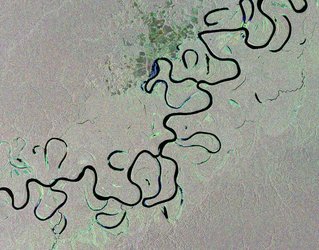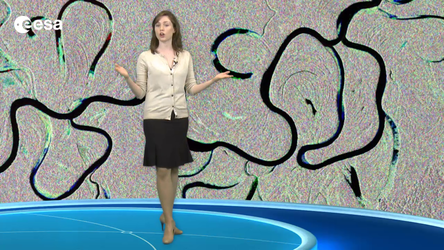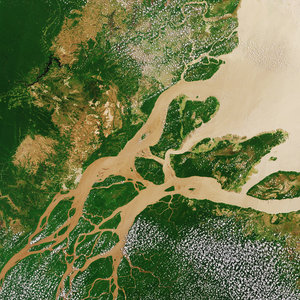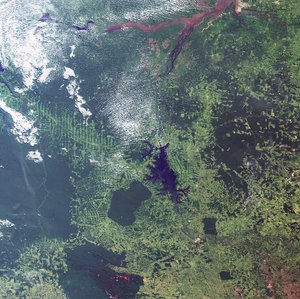Accept all cookies Accept only essential cookies See our Cookie Notice

About ESA
The European Space Agency (ESA) is Europe’s gateway to space. Its mission is to shape the development of Europe’s space capability and ensure that investment in space continues to deliver benefits to the citizens of Europe and the world.
Highlights
ESA - United space in Europe
This is ESA ESA facts Member States & Cooperating States Funding Director General Top management For Member State Delegations European vision European Space Policy ESA & EU Responsibility & Sustainability Annual Report Calendar of meetings Corporate newsEstablishments & sites
ESA Headquarters ESA ESTEC ESA ESOC ESA ESRIN ESA EAC ESA ESAC Europe's Spaceport ESA ESEC ESA ECSAT Brussels Office Washington OfficeWorking with ESA
Business with ESA ESA Commercialisation Gateway Law at ESA Careers Cyber resilience at ESA IT at ESA Newsroom Partnerships Merchandising Licence Education Open Space Innovation Platform Integrity and Reporting Administrative Tribunal Health and SafetyMore about ESA
History ESA Historical Archives Exhibitions Publications Art & Culture ESA Merchandise Kids Diversity ESA Brand Centre ESA ChampionsLatest
Space in Member States
Find out more about space activities in our 23 Member States, and understand how ESA works together with their national agencies, institutions and organisations.
Science & Exploration
Exploring our Solar System and unlocking the secrets of the Universe
Go to topicAstronauts
Missions
Juice Euclid Webb Solar Orbiter BepiColombo Gaia ExoMars Cheops Exoplanet missions More missionsActivities
International Space Station Orion service module Gateway Concordia Caves & Pangaea BenefitsLatest
Space Safety
Protecting life and infrastructure on Earth and in orbit
Go to topicAsteroids
Asteroids and Planetary Defence Asteroid danger explained Flyeye telescope: asteroid detection Hera mission: asteroid deflection Near-Earth Object Coordination CentreSpace junk
About space debris Space debris by the numbers Space Environment Report In space refuelling, refurbishing and removingSafety from space
Clean Space ecodesign Zero Debris Technologies Space for Earth Supporting Sustainable DevelopmentLatest
Applications
Using space to benefit citizens and meet future challenges on Earth
Go to topicObserving the Earth
Observing the Earth Future EO Copernicus Meteorology Space for our climate Satellite missionsCommercialisation
ESA Commercialisation Gateway Open Space Innovation Platform Business Incubation ESA Space SolutionsLatest
Enabling & Support
Making space accessible and developing the technologies for the future
Go to topicBuilding missions
Space Engineering and Technology Test centre Laboratories Concurrent Design Facility Preparing for the future Shaping the Future Discovery and Preparation Advanced Concepts TeamSpace transportation
Space Transportation Ariane Vega Space Rider Future space transportation Boost! Europe's Spaceport Launches from Europe's Spaceport from 2012Latest

Boca do Acre, Brazil
Thank you for liking
You have already liked this page, you can only like it once!
This Envisat radar image was acquired over the city of Boca do Acre in western Brazil.
The city lies within Amazonas state, the largest Brazilian state by area, and almost completely covered by the Amazon Rainforest.
The name Boca do Acre – or ‘mouth of the Acre’ – comes from its location on the banks where the Acre and Purus rivers meet.
Along the river’s main course are free-standing ‘oxbow lakes’, formed when a river changes course.
This scene is a compilation of three images from Envisat’s radar, acquired on 28 October 2005, 12 September 2008 and 17 September 2010. The individual images are each assigned a colour – red, green and blue – and when combined, reveal changes in the surface between Envisat’s passes.
In this image, the colours reveal large areas of deforestation – evident by the large, geometrically shaped plots cut out along linear roads.
Given its size and frequent cloud cover, remote sensing using radar images is the best way to study the Amazon Basin on a large scale, especially for assessing the extent and damage due to deforestation. Radars can observe during both day and night and through any weather conditions.
Satellite observations also support the United Nations’ Reducing Emissions from Deforestation and Forest Degradation in developing countries, or REDD, initiative.
Trees absorb carbon dioxide and convert it into oxygen, while trees that rot, are cut down or burnt actually emit carbon dioxide. So preserving forests not only keeps them from releasing the gas, it ensures the absorption of carbon dioxide from other sources.
REDD gives a financial incentive for developing countries to maintain forested areas. Reducing or preventing deforestation is the mitigation option with the largest and most immediate carbon stock impact in the short term, as the release of carbon as emissions into the atmosphere is prevented.
Upcoming missions such as Sentinel-1 and -2, being developed for Europe’s Copernicus programme, as well as ESA’s Biomass satellite, will support REDD in forest mapping and monitoring.
This image is featured on the Earth from Space video programme.
-
CREDIT
ESA -
LICENCE
CC BY-SA 3.0 IGO or ESA Standard Licence
(content can be used under either licence)

Earth from Space: Boca do Acre

Rainforest river, Brazil

Earth from Space: Rainforest river

Amazon River















 Germany
Germany
 Austria
Austria
 Belgium
Belgium
 Denmark
Denmark
 Spain
Spain
 Estonia
Estonia
 Finland
Finland
 France
France
 Greece
Greece
 Hungary
Hungary
 Ireland
Ireland
 Italy
Italy
 Luxembourg
Luxembourg
 Norway
Norway
 The Netherlands
The Netherlands
 Poland
Poland
 Portugal
Portugal
 Czechia
Czechia
 Romania
Romania
 United Kingdom
United Kingdom
 Slovenia
Slovenia
 Sweden
Sweden
 Switzerland
Switzerland
























